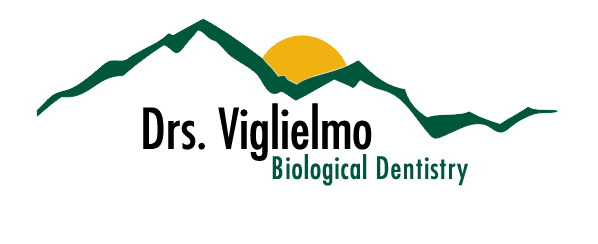Having an education in biology and chemistry, I questioned the use of mercury in dental restorations since I first learned that it was a constituent of this filling material. I actually had 6 or 7 small amalgams placed in my mouth as a child, probably they could have been a small sealant type restorations if done today. I, as are all other dental students in this country, was taught that the mercury is bound and rendered inert in the amalgam when placed in a patient’s mouth. I believed my instructors since I was paying a fair amount of money to learn all I could about dentistry during that time.
Since school I did use amalgam for many years but kept wondering if it was the best for our patients or myself. In 1999 my wife and I joined a custom health company, Ideal Health, where I was able to meet many medical and dental professionals who were more progressive and forward thinking that I was at the time. I found many who questioned standard medical protocols and dental materials. I was introduced to the International Academy Of Oral Medicine and Toxicology where I was shown the science behind the condemnation of mercury in body systems.
In response to this information, I immediately had my amalgams removed and replaced the ones my parents and wife had. I began purchasing the systems to protect my patients, staff and myself from the mercury released during removal. Firstly, I use a special suction tip called Cleanup which concentrates the suction where the amalgam is removed. I attempt to section the amalgam to do as little cutting as possible while removing. I obtained a larger air cleaner from Tact Air with special mercury filters which captures much of the vapors not grabbed by the introral suction. We also provide a clean air source to our patients during the removal while my assistant and I wear a respirator to further limit our exposure. In our treatment room we installed a Tact Air ionizer which plates out even more mercury that escaped into the room air. We also offer a charcoal swish and swallow pre-removal option to capture any mercury that contacts the tissue of the mouth or is ingested.
We also insist all our patients who feel that mercury may be a cause of their systemic challenges work with a medical professional for identification of mercury burden and possible removal of mercury from the tissue (chelation).
